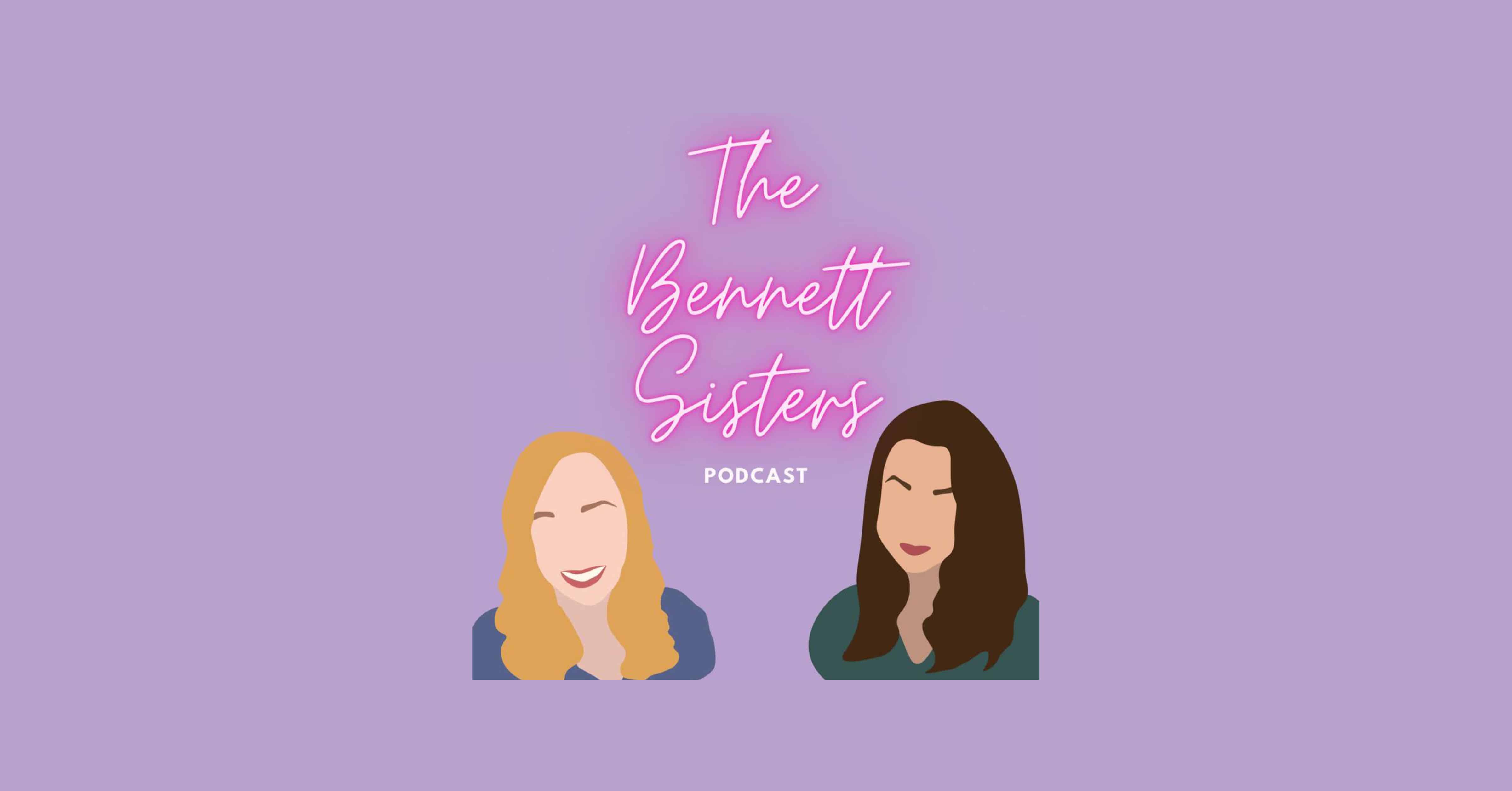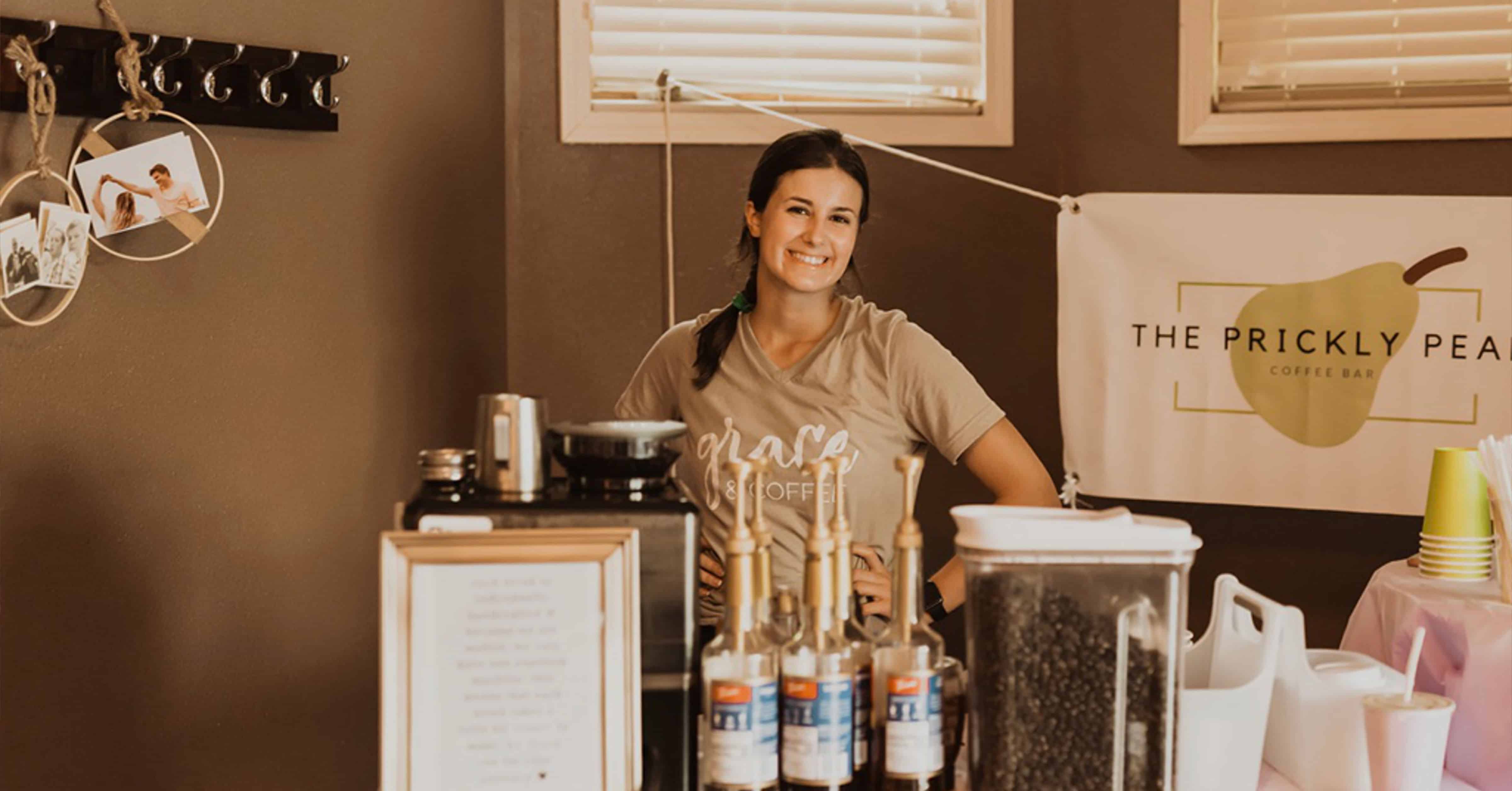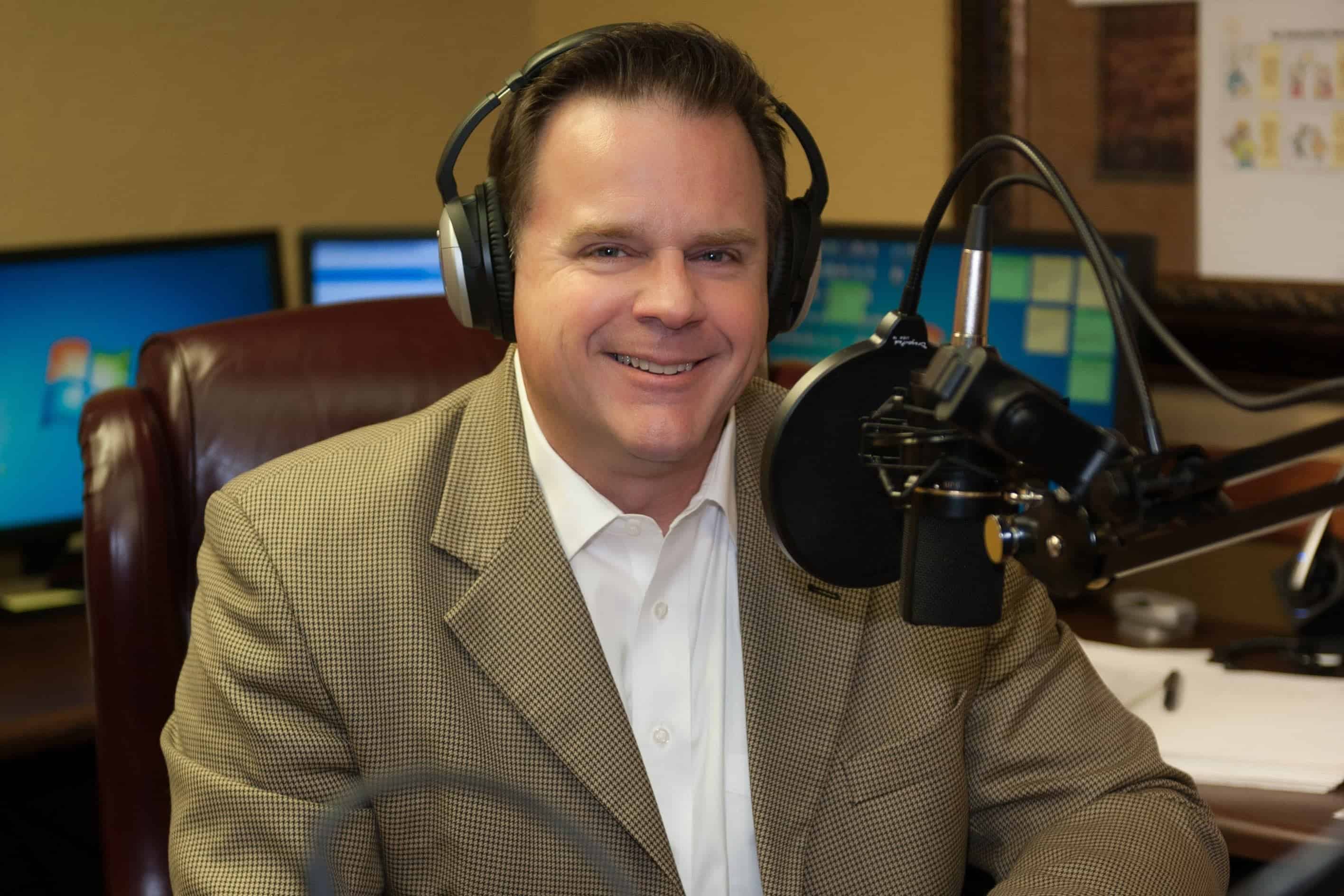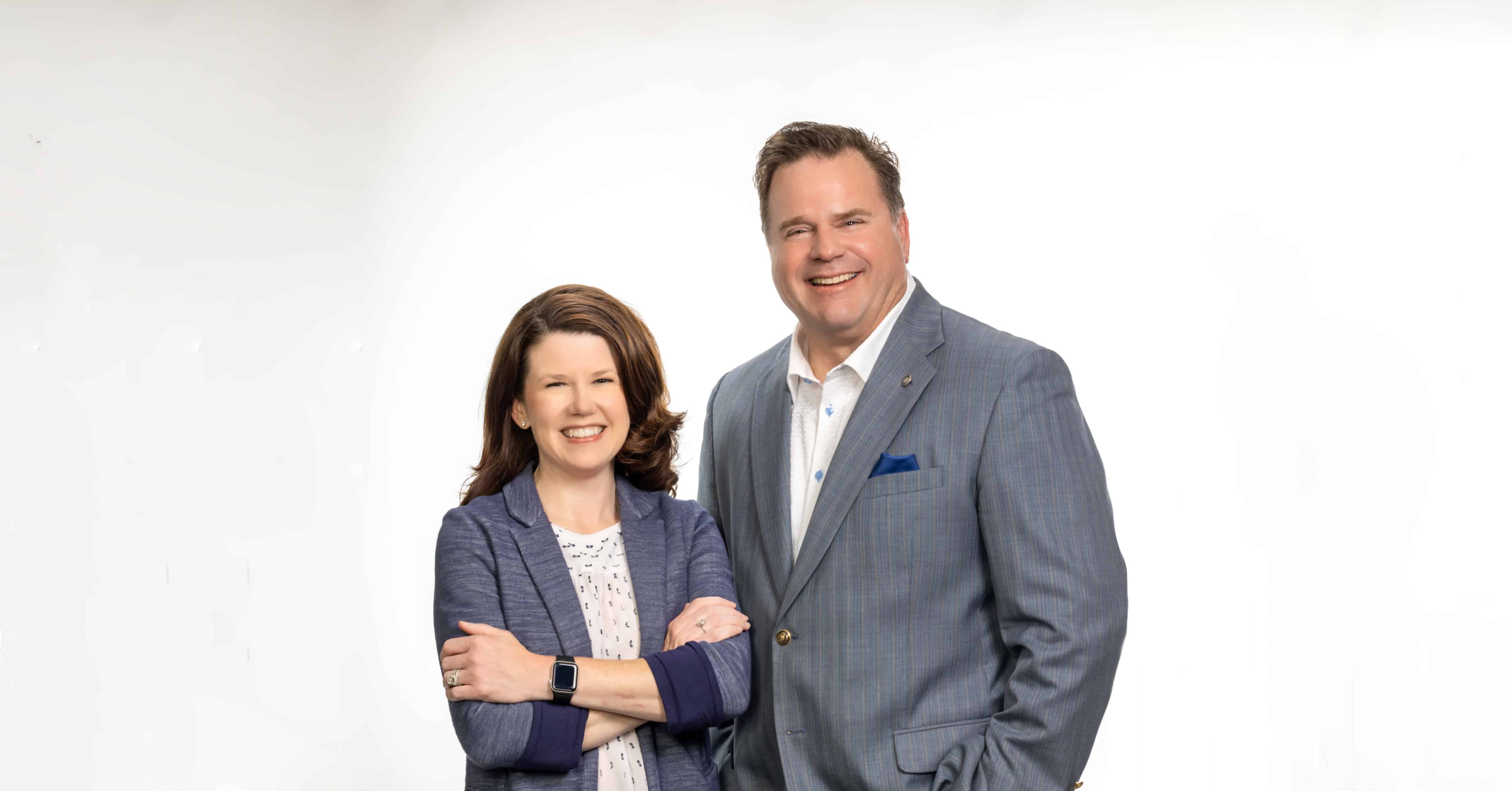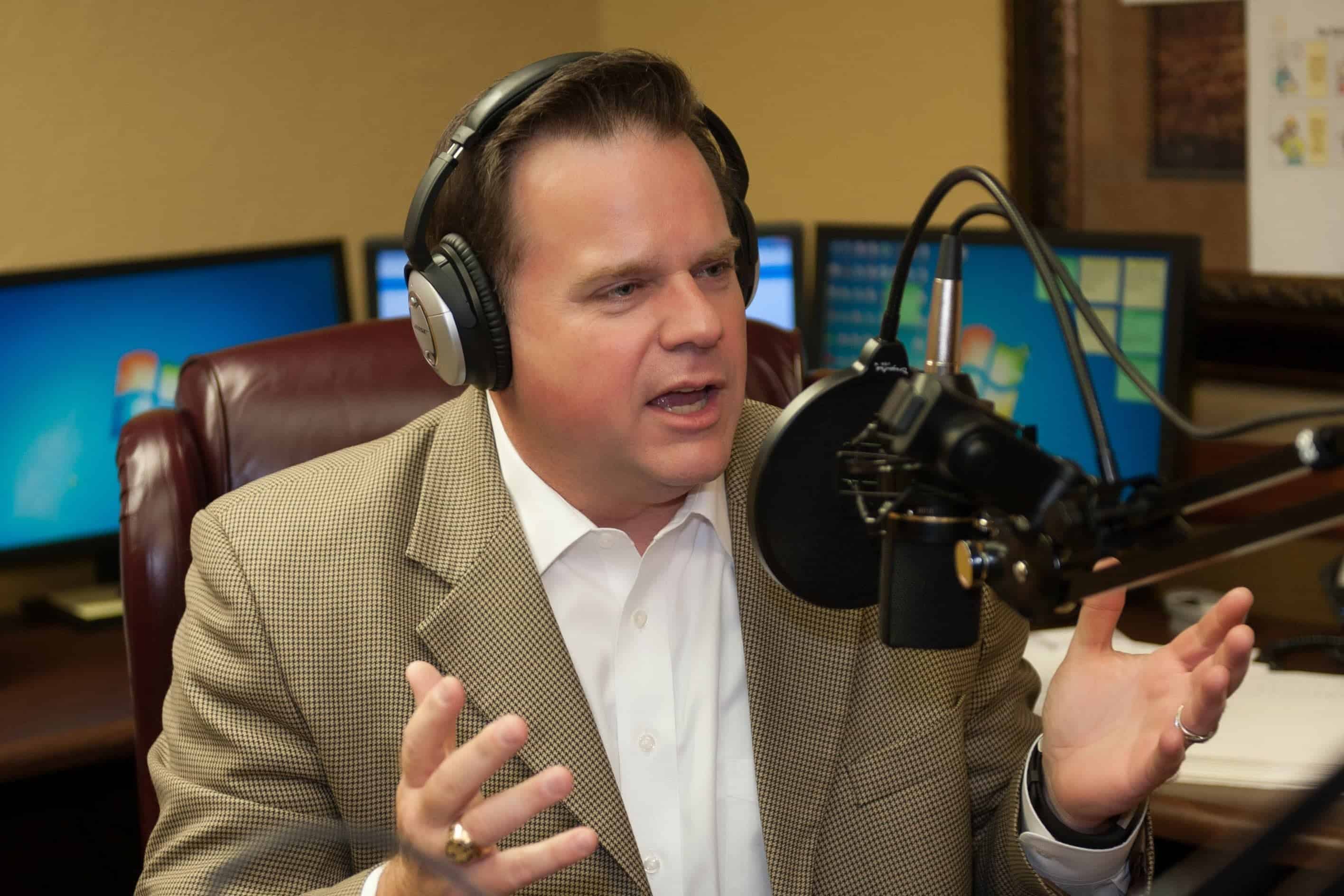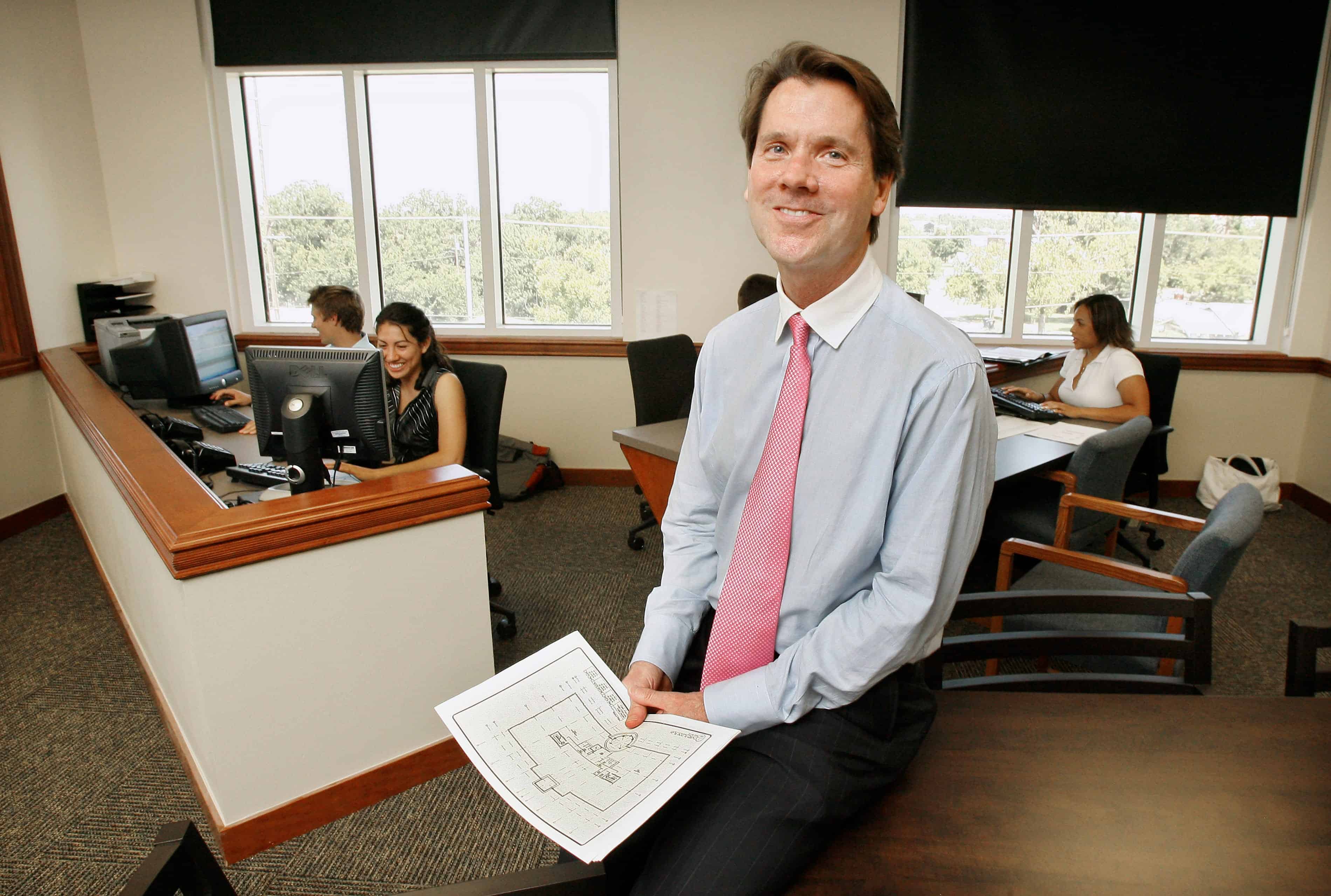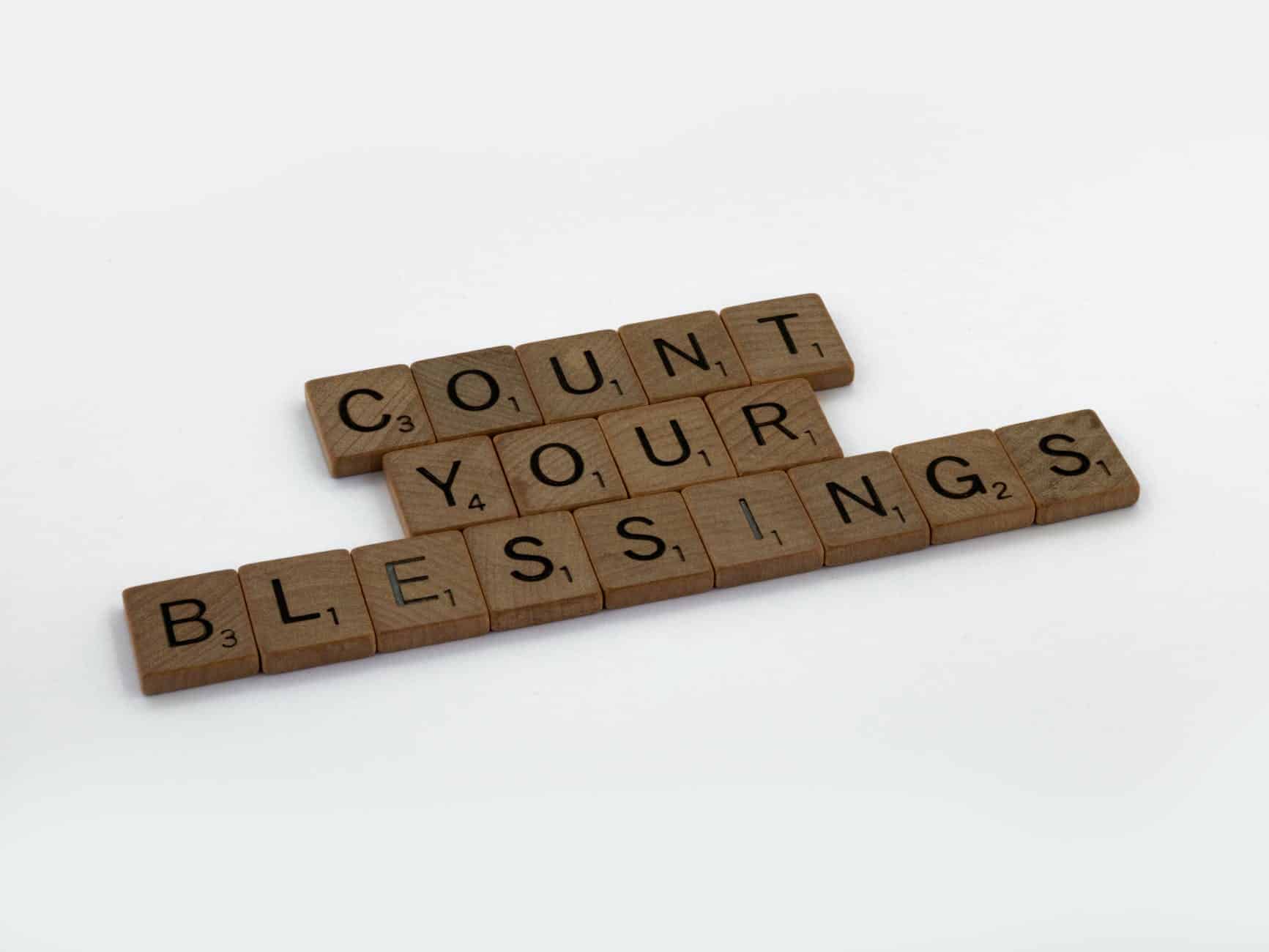As a millennial, buying a home is already hard enough. Trying to save up enough money for an average 6% down payment, trying to determine how much home we can afford, trying to find the time to house hunt, and battling debt to income ratio. Now we are dealing with a seller’s market with some of the lowest interest rates we have seen in years and a pandemic. Many of my fellow millennials are trying to take advantage of these low rates, but it has been a bumpy ride for a lot of us. Throughout this article I will recount my personal experience buying a home as well as the experiences of others in my generation in the past year.
Let us rewind to March of 2020. I know, this is not the best month that we have all had, but it was certainly looking like it was going to be for my husband and me. We had found a home that we both loved at a price point that was perfect in a buyer’s market and we were prepared to take this giant step towards this milestone. We settled on an offer with the seller, signed a contract, and we were on our way. Then the pandemic hit.
Our situation completely changed. We were no longer in a place where we could get the home. Thankfully, our sellers, lender, and realtor worked with us and we were able to essentially pause the whole process. It was only supposed to be two weeks, right? Then two weeks turned into a month, then two months, and so on. When we finally got back to a place where we could proceed, my husband and I ultimately decided that the time was not right and we needed to wait until COVID-19 blew over, so we ended our contract.
Ending our contract and losing the opportunity turned out to be a blessing in disguise because we also decided to move closer to family. Not being able to see anyone and not knowing if we may ever see them again due to a deadly virus makes you think about where your heart is meant to be. We packed everything up a few months later, moved across the state, and devised our new plan. We would rent for another year and look at plans to build our dream starter home the following summer. Then the market flipped, and construction costs rose nearly 130%! It was back to the drawing board for us.
The small community we are now living in is growing and many houses on the market are new construction. Since this was no longer a viable option for us, we would need to find a completed home, but any homes that were listed were typically off the market within 24 hours, were pocket listings, or they entered bidding wars which drove the price up tens of thousands of dollars. This made our search a little tricky. Thankfully, an opportunity to buy a perfect home fell into our laps. We are now back on track to buying our first home. It feels that we got lucky.
I have seen many of my friends post on social media or reach out with the news that they have also found a home. It is great news, and it makes me happy to see so many people in my generation finally able to reach this milestone. I have discussed experiences with several of them and their stories sound very familiar. They spent countless hours searching for homes on sites like Zillow and Realtor.com with little luck. When a home is found and an appointment is secured to view it, it is off the market. You do not get a lot of time to think about the investment you are about to make and practically must sign an offer within hours of viewing the home. The whole task can be very daunting compared to last year’s market. However, with today’s low rates it is something that we simply cannot pass up.
All this to say, hang in there millennials. The timing for buying a house is perfectly imperfect right now. Do not get yourself down if a home falls through. It just means that something better is waiting for you around the corner. Buying a house is a huge step and you do not want to get roped into something that you will regret. Keep searching and the right opportunity will come to you!



